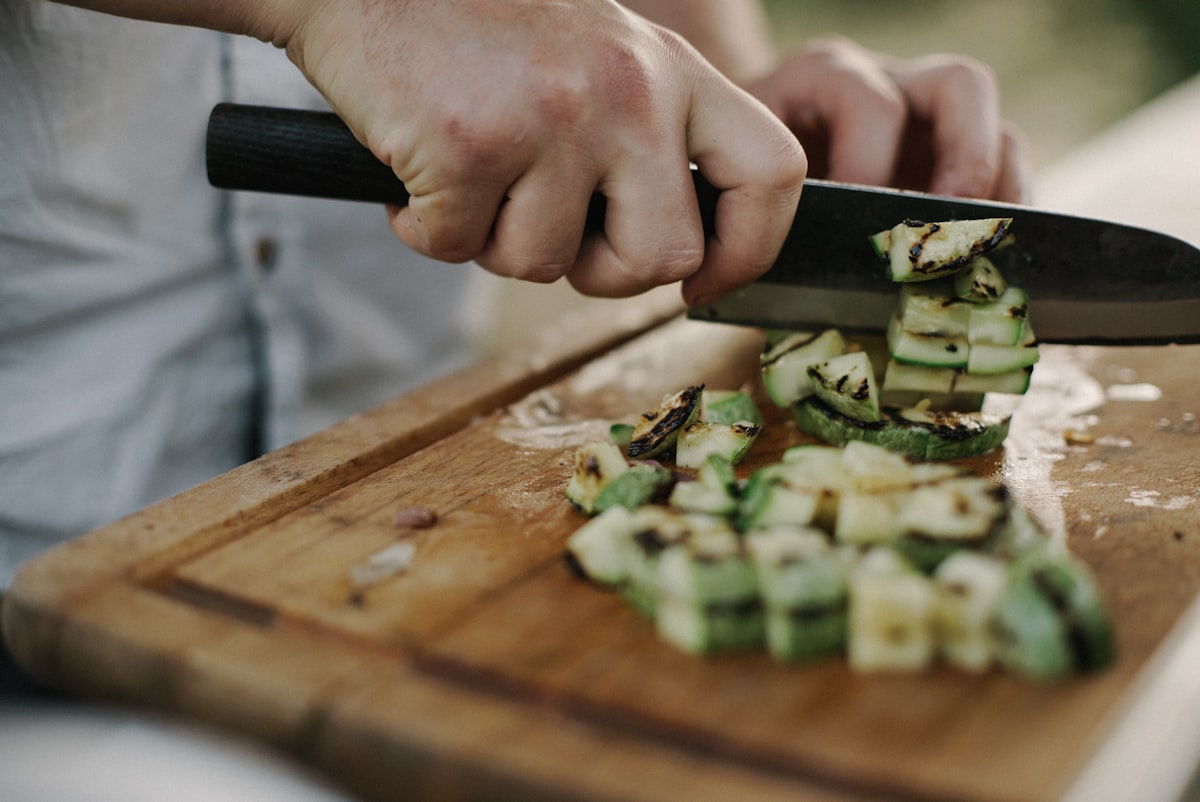There is no right way to cook food

When it comes to cooking, people often like to argue over the correct ingredients to use in a dish or the perfect way to cook certain ingredients. This way of thinking highlights the fact that the idea of having a correct way of making food is omnipresent throughout our society. In my opinion, this way of thinking about recipes and dishes doesn't do food justice, so let me explain why.
Let's start with the fact that taste is entirely subjective and that every individual has their own preference. For example, some people might enjoy garlic in their tomato sauce, while some would rather have parmesan. Does that mean this iconic Italian sauce has a right and wrong way of being made?
If we use pizza as an example (not a huge surprise if you've read any previous blog posts), the varieties are endless depending on where you are in Italy or around the world. Whether you are in Rome, Naples, Sicily or the USA, it will be made with different ingredients, different techniques and will be consumed in different ways. Out of all these different varieties, which one is the correct way to make pizza? You'll get a different answer from every single person who has ever made pizza. It is the same in the world of pasta when you contrast Bologna, where they roll out large sheets of egg enriched pasta dough with a big wooden rolling pin, to the South of Italy, where using a pasta machine to roll out semolina dough is not uncommon. These two techniques suit different people leading very different lives. Does that mean using a pasta machine is the wrong way to make pasta?
Even when comparing modern ways of cooking to those of our grandparents, we can find many disparities ranging from the amount of food cooked at once to portion sizes and ingredients used. The reasons for these differences stem from various aspects of our life such as household size and modern working culture (for a great video on this by Adam Ragusea, click here). This means that the same dish can be cooked with two vastly different techniques, so which one is correct?
I'm not trying to say that having a blueprint for the "correct" way to make a dish is inherently bad, on the contrary, it provides a benchmark so you aren't shooting in the dark (for more on having a sense of direction in cooking, click here). But sticking to a single way of making a dish is forgetting the many variables that come into question when cooking: how much time you have on your hands, the size of your kitchen, which ingredients you have access to, the number of people you are cooking for...
It is therefore important to remember that our relationship with food is an evolving one, so I'll leave you with the words of the great Massimo Bottura:
I look to the past all the time, but not in a nostalgic way—in a critical way, to bring the best from the past into the future.
